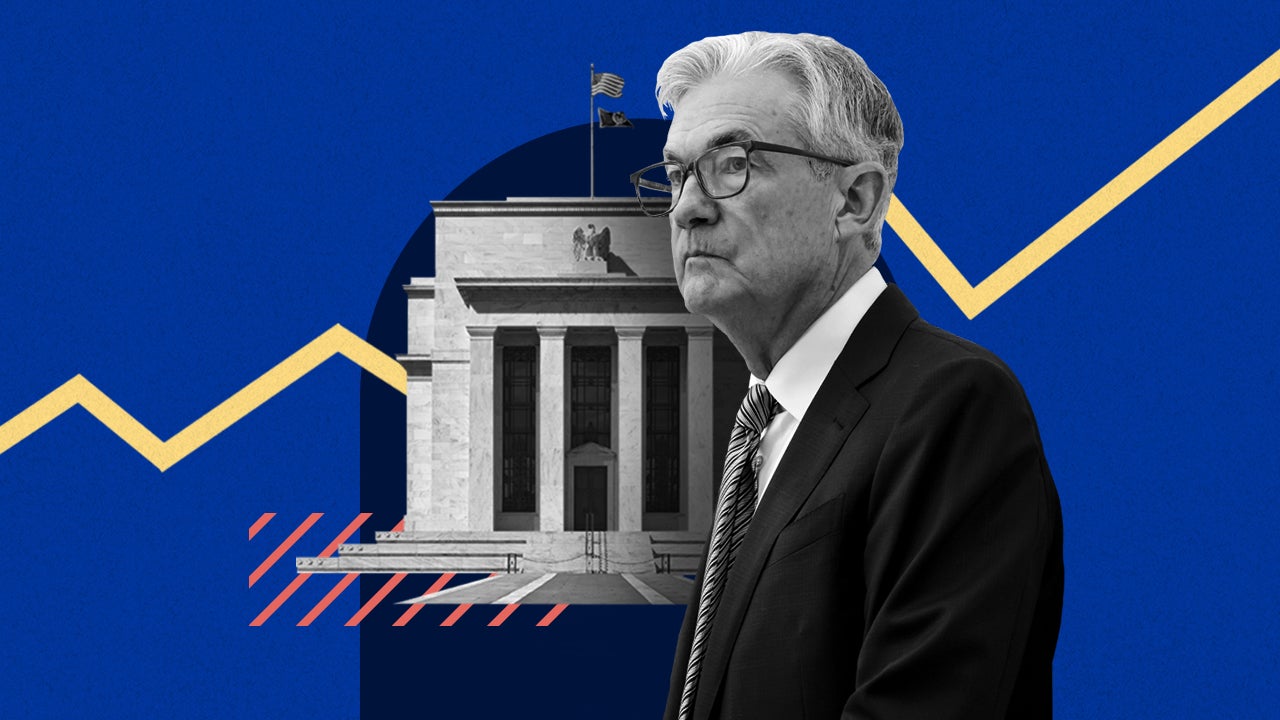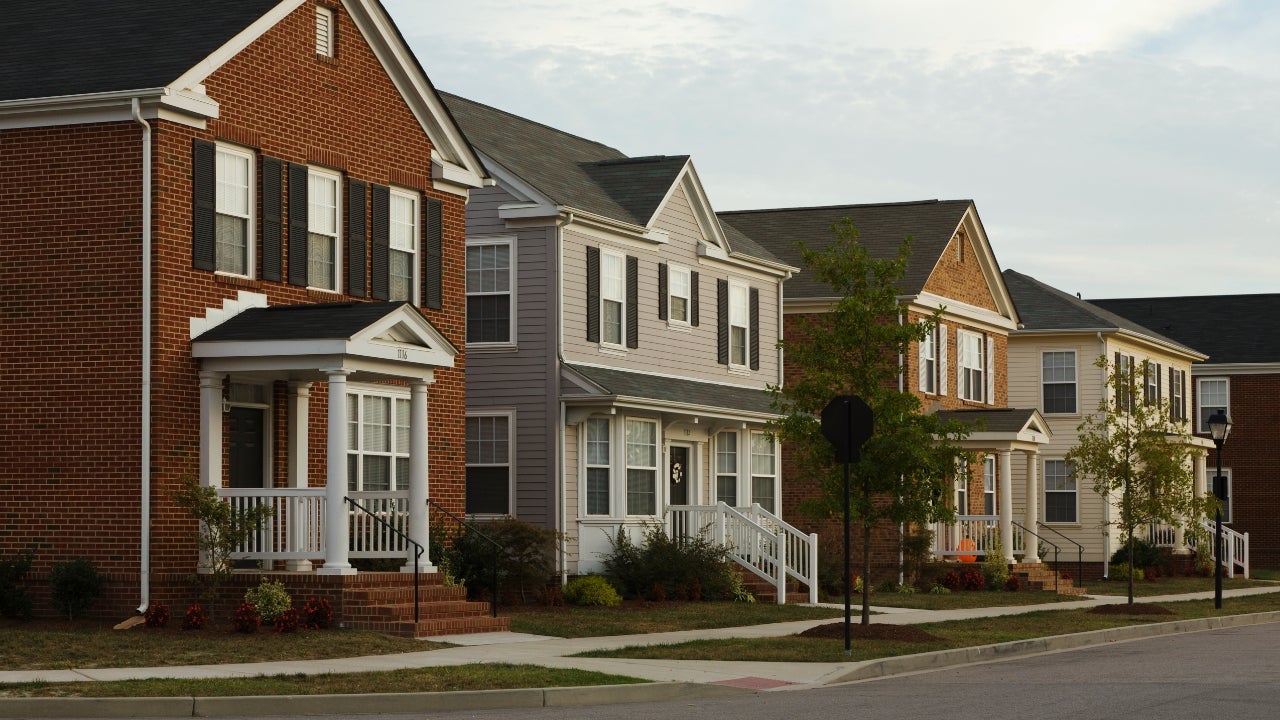
Home Equity
Find out what home equity is and how to use it, plus news, advice and tools on home equity loans and HELOCs.
Home equity basics

It’s the portion of your home you own outright. Its uses are almost endless.

How to estimate your ownership stake, and how much of it you can borrow.
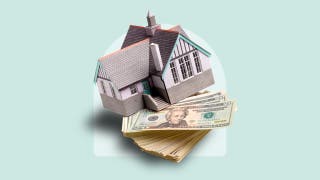
Everything you need to know about HELOC and home equity loan requirements in 2024.
Editor's picks

Related topics:
Home equity tools & resources
Bankrate's suite of tools and articles are designed to help you effortlessly learn about your home equity, connect with reputable lenders, compare offers for HELOCs and home equity loans, and more.
Finding a lender
Here’s where you can get a home equity loan today
HELOC vs. home equity loan
How does each work, and which would be best for you?
Mortgage rates
Compare current mortgage rates for today
News highlights
The latest

If you’re looking at HE Loans or have a variable-rate line of credit, pay attention to the Fed.
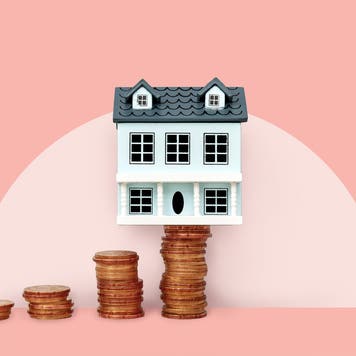
This is the week that was for home equity rates.
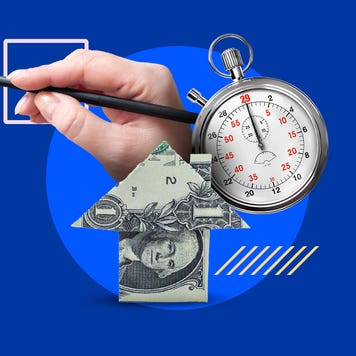
It’s the fun part, when you get your money. But you have to be ready when it ends.

And if so, how low can they go?

It can have huge benefits — if you do it right.

This is the week that was in home equity lending.

For one thing, you could lose your home if things go south.

Want to borrow against your home’s value? Be ready to meet these criteria.
The trusted provider of accurate rates and financial information

